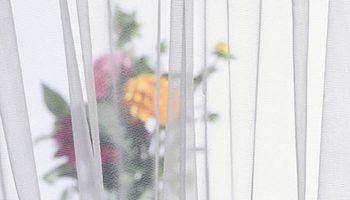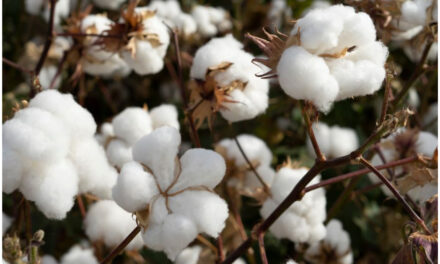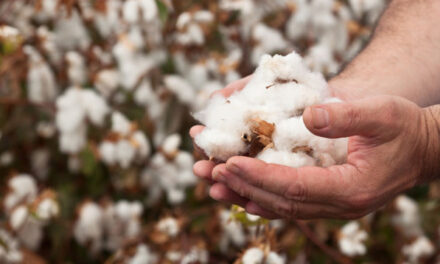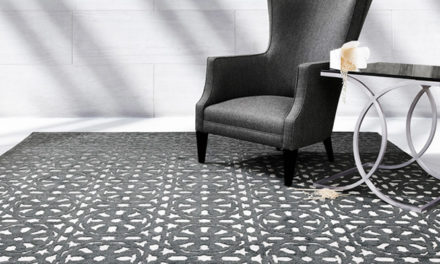 Warp knitting machine builder Karl Mayer is offering new options for the net curtain sector with the latest version of its Weft.Fashion TM 3 technology. Net curtains produced on warp knitting machines with magazine weft insertion are described as the perennial “evergreens” in the window fashion sector.
Warp knitting machine builder Karl Mayer is offering new options for the net curtain sector with the latest version of its Weft.Fashion TM 3 technology. Net curtains produced on warp knitting machines with magazine weft insertion are described as the perennial “evergreens” in the window fashion sector.
Karl Mayer is now looking to gain market share in this established market segment, and is offering some specific new developments.
Its latest machine, the Weft.Fashion TM 3, can produce articles having an on-trend look in the style of popular gauze-like fabrics made from monofilaments and fancy yarns, yet it enables fabrics to be produced without sizing at a production rate that is 10 to 11 times higher than that of comparable looms, the company says.
The nature of the technology also means that the lightweight, transparent, warp-knitted fabrics have a high slip resistance. These advantages impressed the visitors at the last ITMA fair in June 2019 in Barcelona. The Turkish visitors in particular asked a great many questions. Encouraged by the positive feedback, the textile specialists at Karl Mayer carried on with their development work, and processed fine monofilament rather than multifilament yarns on the warp knitting machine with weft insertion.
In the first stage, a lustrous yarn of dtex 22 was processed in all the yarn systems. A very delicate, extremely transparent, feather-light fabric with an organza ground was produced, which weighs just 20 g/m². Despite its ethereal look, the fabric is extremely stable and is suitable for embroidering.
Textile developer, Kay Burkhardt, was particularly pleased with the look of the fabric. “We processed a very dense structure at 35 stitches/cm to produce an extremely uniform appearance,” she said.
When hanging in front of the window, the net curtain creates a subtle interplay with the light to produce shimmering, glittering and moiré effects in all the colours of the rainbow. In subsequent development stages, a ground made from monofilament yarns was combined with a weft made from different fancy yarns. Yarns featuring knops, nodules and crimps were processed and – what was particularly ingenious – a relatively thick yarn was used, which was first formed into a cord-like structure by pillar stitches.
The optically dominant weft materials almost hide the ground with the result being that completely new textile constructions are produced, which the company hopes will stimulate the trend for net curtains with puristic-looking yet discreetly subtle patterns.










